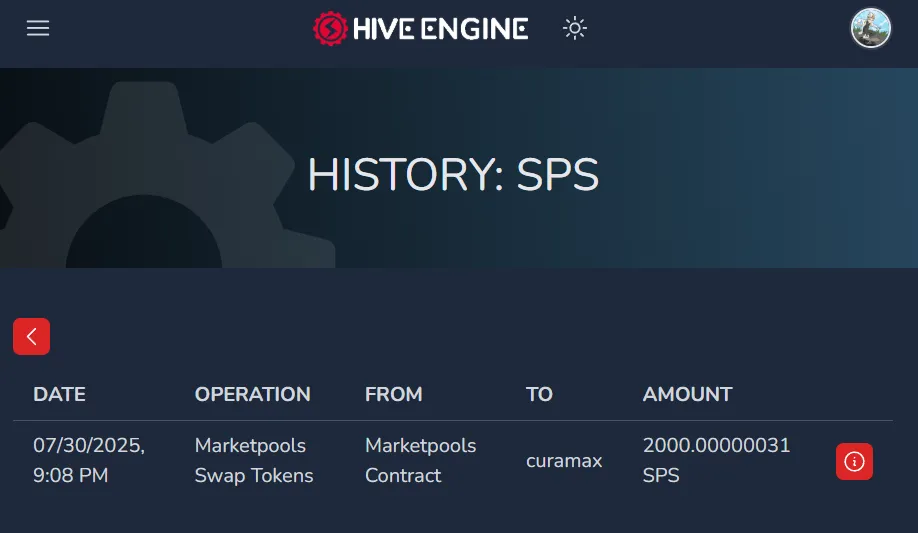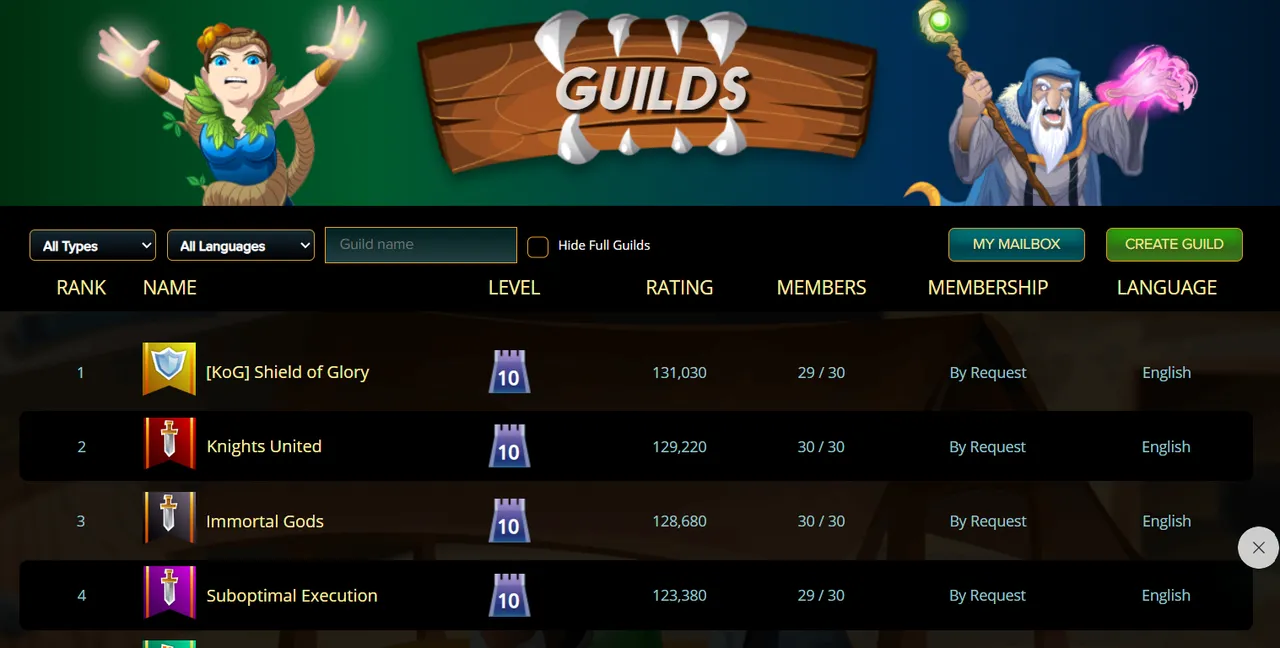After a few days of research, reading blogs, and asking around, I finally made my first move. I bought my first SPS tokens on Hive-Engine and staked them in my Splinterlands account. I now have 2,000 SPS staked in my wallet. Woohoo!

created using Sora
I actually made a quick Snaps post earlier about buying my first SPS tokens, and I was a bit surprised to see people asking why I bought that many. It made me pause and think, because I assumed Splinterlands was already popular enough that most of us here on Hive would be familiar with the game and the benefits of staking SPS.

That got me thinking it might be helpful to share the basics of the game, especially its main token, SPS. I won’t go into the other tokens like DEC or Glinth, since I want to keep this post focused and avoid making it too complicated.
Before I dive deeper into this post, I want to start with a quick disclaimer. I'm not promoting the SPS token or the game. This post is mainly a personal journal about my experience starting with the game, and I'm simply sharing what I learn along the way. I'll also include some of my personal analysis later on, but please note that I’m not a financial expert—so nothing here should be taken as financial advice.
What is Splinterlands?
For those who haven’t had a glimpse of Splinterlands yet, it’s the most popular game built on top of the Hive blockchain. It’s a decentralized application (dApp) responsible for millions of transactions each month on the chain and has successfully onboarded many new users to the Hive platform.
What is SPS?
SPS, or Splintershards, is the governance token of the game and also one of its main reward tokens. By staking SPS, you gain the privilege to vote on important game proposals and rule changes. Additionally, staking SPS generates passive rewards and provides extra boosts to your in-game earnings.
One key fact about SPS is that it has a fixed supply of 3 billion tokens. As of now, approximately 488 million SPS tokens are in circulation. Each month, a new batch of SPS is unlocked and distributed as staking rewards and tournament prizes.
Why Stake SPS?
So, going back to the question I was asked: Why did I even buy these tokens in the first place?

Just before writing this post, I staked 2,000 SPS to my Splinterlands account—my very first stake—and I’m really excited about it. I honestly didn’t think I’d get involved in the game because I assumed it was too late. But in reality, there's still a long way to go before the total token supply is reached. In my opinion, the game still has a lot of potential.
Here are some reasons why staking SPS is worth considering:
Governance Power
Gain voting rights in Splinterlands’ DAO (Decentralized Autonomous Organization), where you help decide on future game features, token burns, and proposals.Staking Rewards
By staking SPS, you earn additional SPS each month from a dedicated rewards pool—passive income just for holding your tokens.In-Game Boosts & Utility
- Burn SPS to mint DEC, the main play-to-earn currency in the game.
- Staked SPS generates Glint, which boosts your ranked battle rewards and can be used in the in-game shop.
What Could Make SPS More Valuable?

I've been reading up on the potential of Splinterlands to expand even further—and the possibility of SPS skyrocketing in value in the months or years ahead. Here’s what I’ve gathered so far. This list isn’t exhaustive, and I’d love to hear your thoughts in the comments!
New Land Features
I believe that as more land plots and earning mechanics are introduced, there will be stronger incentives for players to buy and stake SPS. From a marketing perspective, new land features could bring in new players and investors, creating more demand for SPS.Bigger Tournaments
One of the most exciting aspects of Splinterlands is the competitive gameplay—tournaments and battles! The bigger the tournaments and prize pools, the more players will want to participate and compete for a share of the rewards. This creates a strong incentive to stake more SPS to stay competitive.More Players = More Buzz
A growing player base naturally leads to more investment, community engagement, and exposure. As players share their experiences, insights, and achievements, they help increase awareness of both the game and the Hive platform. Word-of-mouth marketing across chains becomes inevitable, bringing even more attention and growth.

Are There Any Risks in Investing in SPS?
Of course, like any investment, SPS comes with its own risks. One of the main concerns is the monthly token unlock. This could be a double-edged sword—it’s beneficial if there’s strong demand for SPS, but if demand is low, the increased supply could drive the price down due to market inflation.
Another potential risk is a decline in game activity. If Splinterlands fails to generate enough excitement or user engagement, the demand for SPS could drop. This would lead to reduced token consumption and could negatively affect the price. In turn, this may trigger fear and uncertainty among players, possibly leading to more people cashing out.
Lastly, with SPS currently having a market cap of around $19 million, price volatility is a real concern. These fluctuations can create uncertainty and hesitation among both new and existing investors.

Final Thoughts
Although the token price has been on a downward trend, I remain optimistic about the future of SPS. As long as new players continue to join and exciting features are rolled out, there’s a good chance of improving player retention and onboarding. With a strong and engaged community, SPS has the potential to grow in value over time.
In summary, while SPS comes with its share of risks, it also holds strong potential for growth alongside the continued development of Splinterlands. Staying informed and involved in the community can help you make better decisions as the game evolves. Whether you're here to play, invest, or both... staking SPS could be a rewarding part of the journey.
Join the CryptoCompany Campaign here:
@cryptocompany/engdeu-banner-for-boost-a-fair-exchange-to-grow-together
click here ⏩ City Life Explore TikTok Page 🎦


